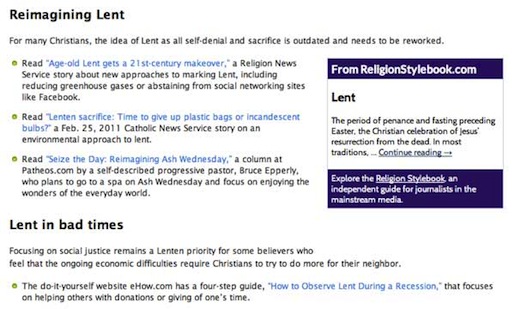It is the largest Christian community in the world and in the U.S. The Roman Catholic Church considers itself to be the one, true, and full expression of the church founded by Jesus Christ. (The word catholic means “universal.”)
It traces its origins to the Church of Rome, which was one of several pre-eminent churches in the apostolic age of the first century. (Others were in Jerusalem, Antioch, Alexandria and elsewhere.) The Catholic Church believes that through St. Peter — considered the first bishop of Rome, where he was martyred — the Church of Rome early on exercised a primacy and authority over the other churches. That authority continued to be exercised under the successors to Peter, bishops who later came to be known by the title of pope.
The Catholic Church says the basis of the Petrine and papal authority starts with Jesus’ commission to Peter in Matthew 16:18. The assertion and its practice were always matters of dispute. The first major fracture came in the 11th century, when Western, Latin-Rite Christianity under the bishop of Rome split with the patriarchs of the Orthodox churches in the East, based in Constantinople. The Catholic Church still considers Eastern Orthodoxy a true church with which it has few significant doctrinal differences — the authority of the pope being one of them. Rome characterizes much of Protestantism as not comprising true churches but rather “ecclesial communities.”
The Roman Catholic Church was known simply as the Catholic Church until the Protestant Reformation, when the authority of the pope became a source of contention. Catholics began to use the Roman appellation to reinforce their unity under the pope, and the primacy of the papacy has become one of the distinguishing marks of modern Catholicism.
Catholic belief and practice are ordered around seven sacraments — Holy Eucharist, baptism, confirmation, penance (confession), matrimony, holy orders (ordination) and the sacrament of the sick.
The pope’s seat of power is the Holy See at the Vatican. He selects bishops and members of the College of Cardinals. Cardinals usually are bishops, but that is not a requirement. When a new pope must be chosen, the cardinals gather in a conclave to select him.
Outside of Rome, the church’s principal organizational units are archdioceses, headed by archbishops, and dioceses, headed by bishops. Both report directly to Rome. The highest office in the Catholic Church is that of bishop; the pope is the bishop of Rome. In reality, the hierarchical structure among ordained clergy is pope, cardinal, archbishop, bishop, monsignor, priest and deacon. Women are barred from holy orders.

